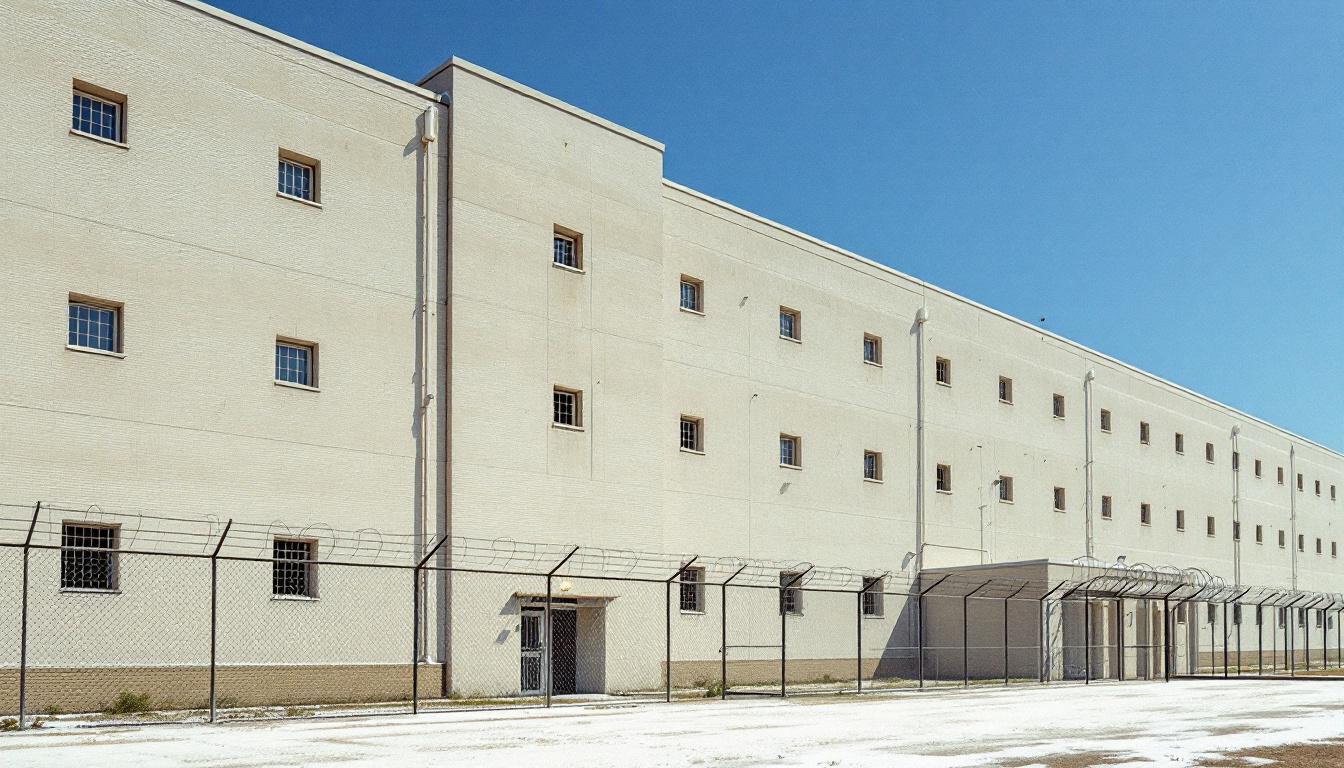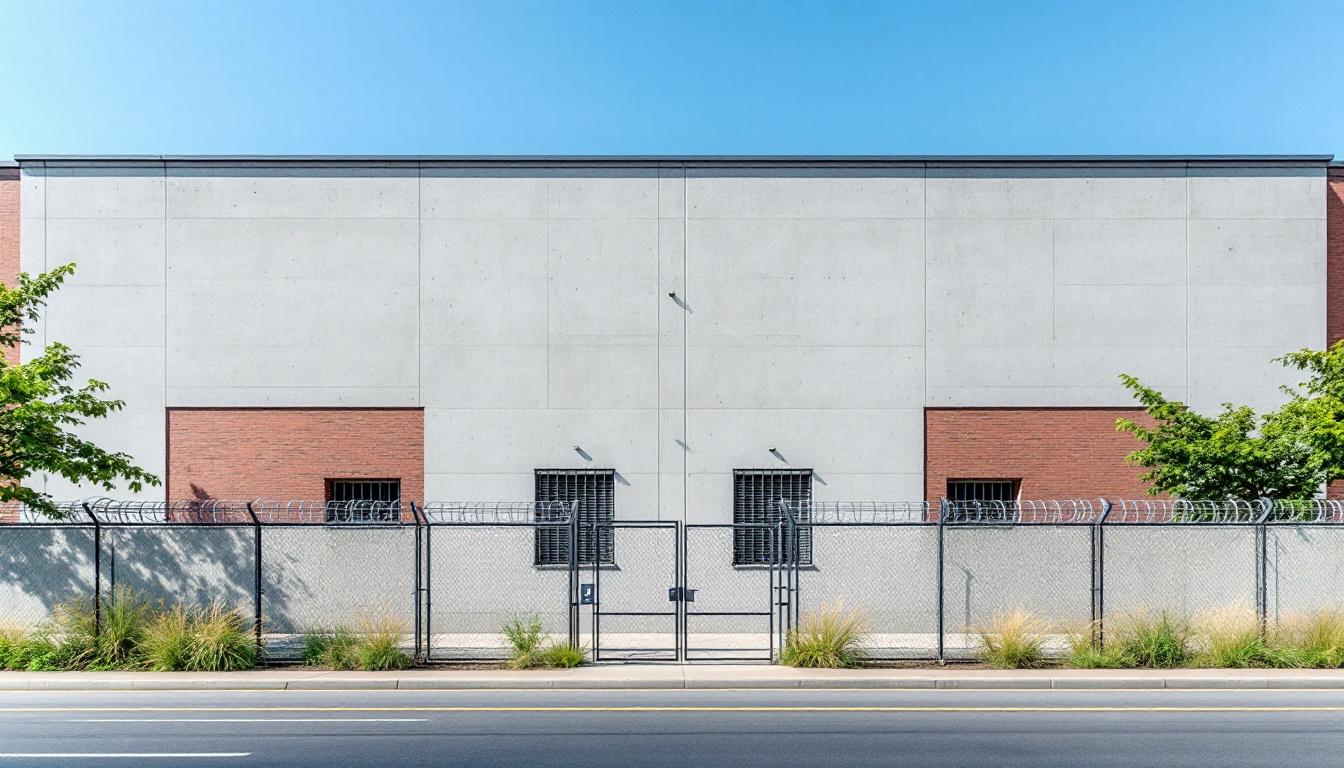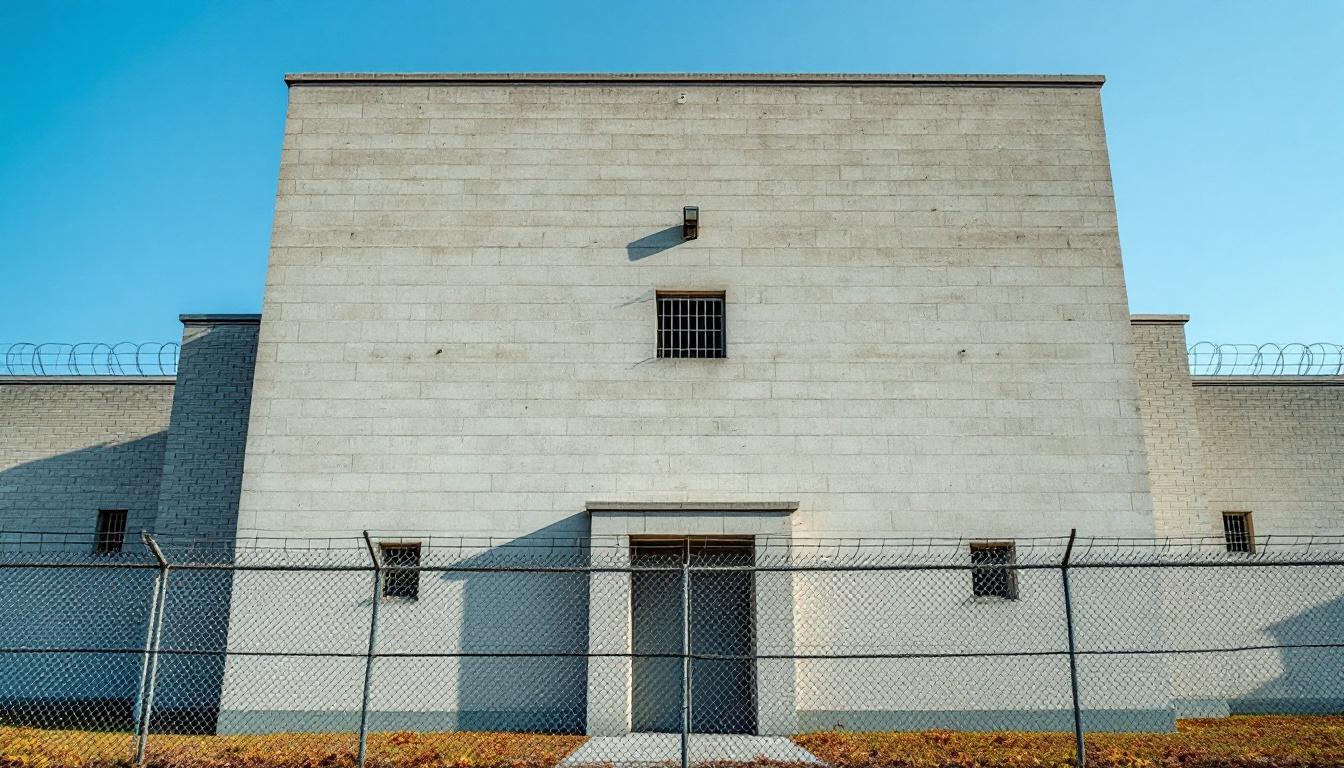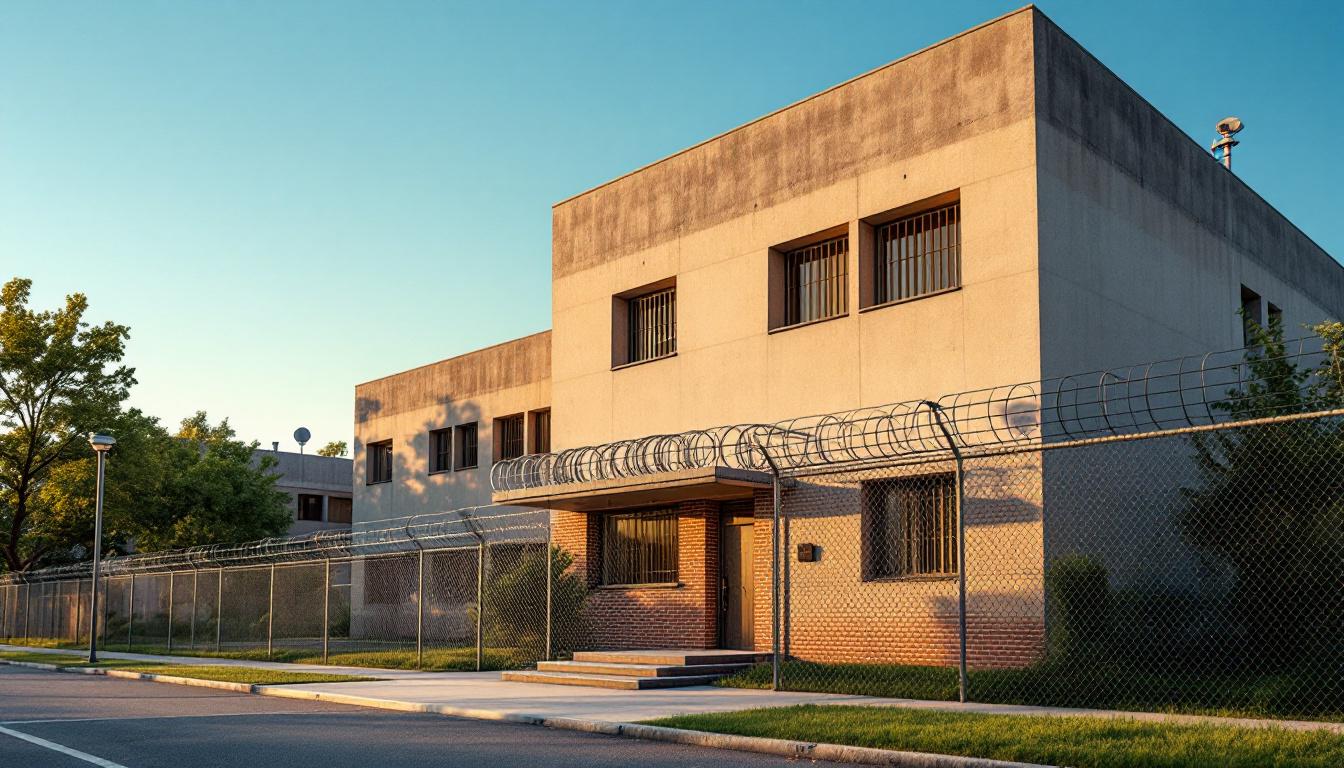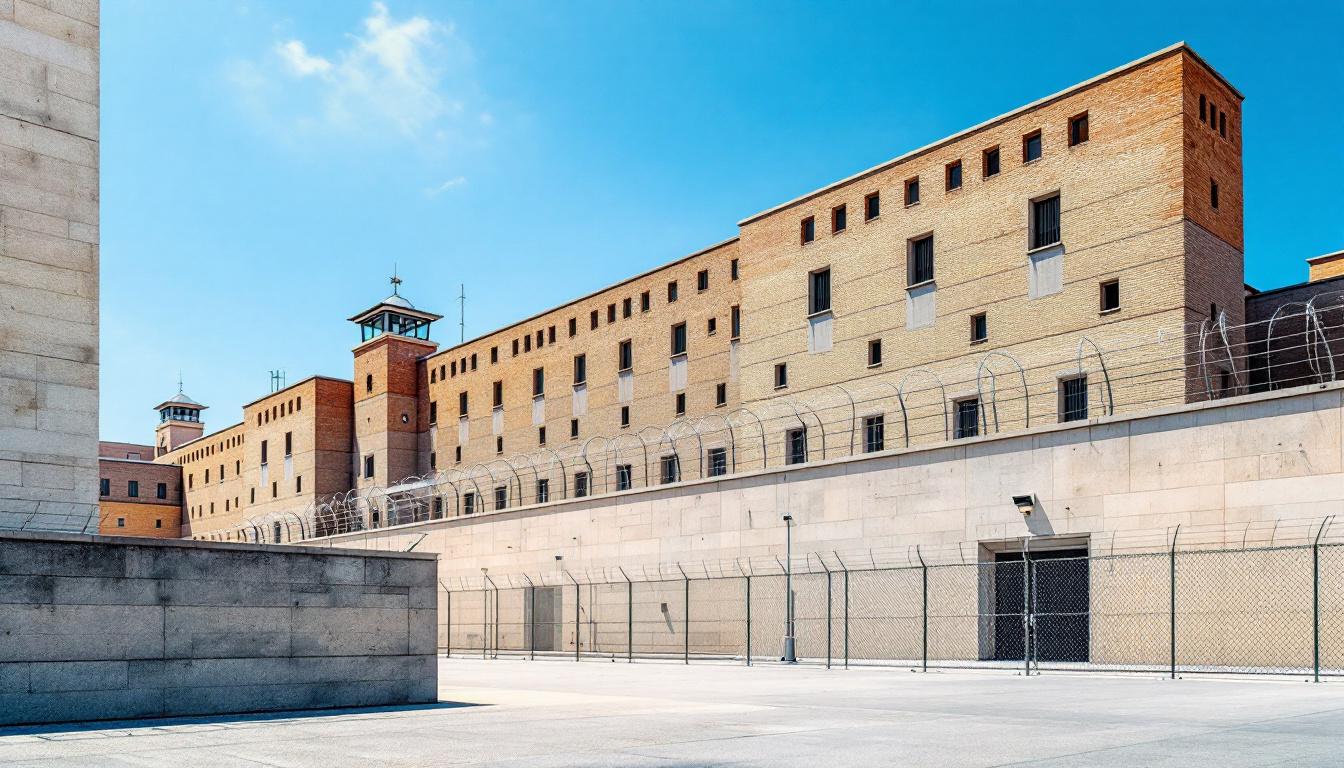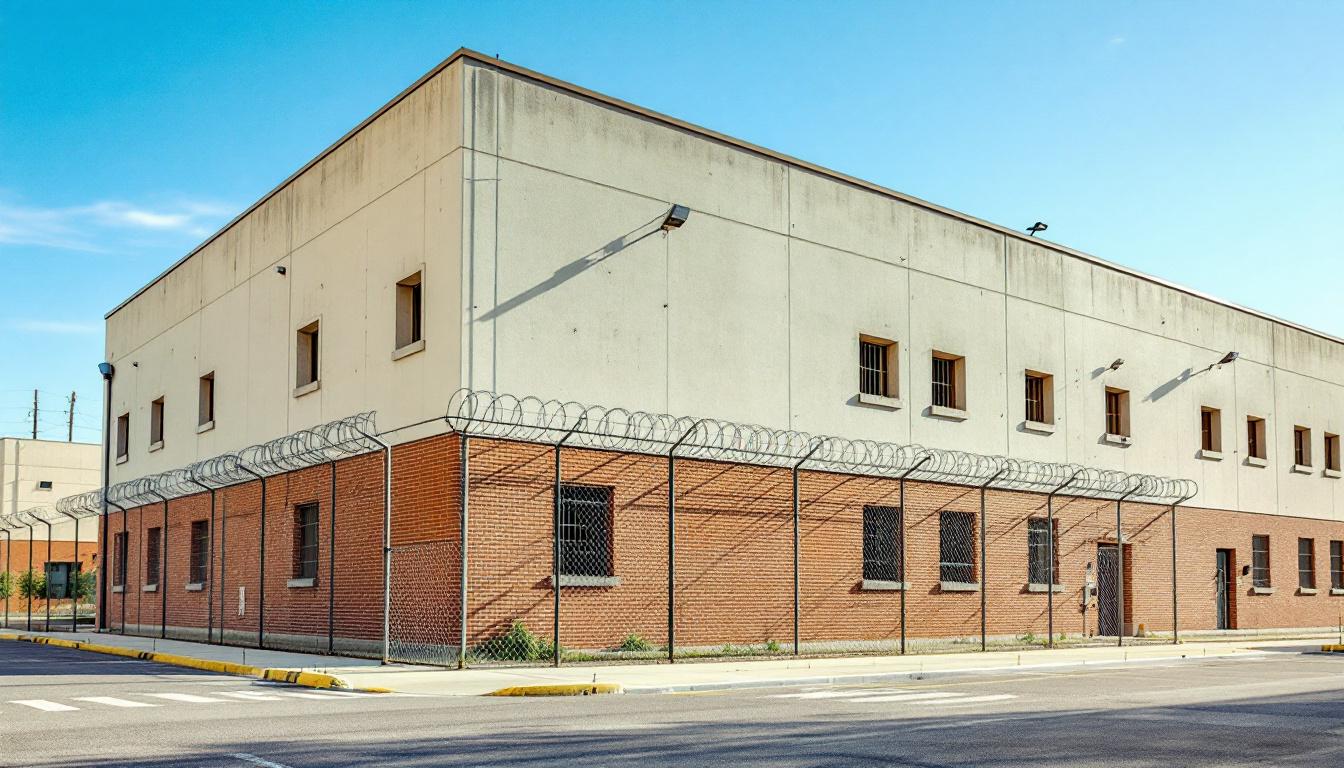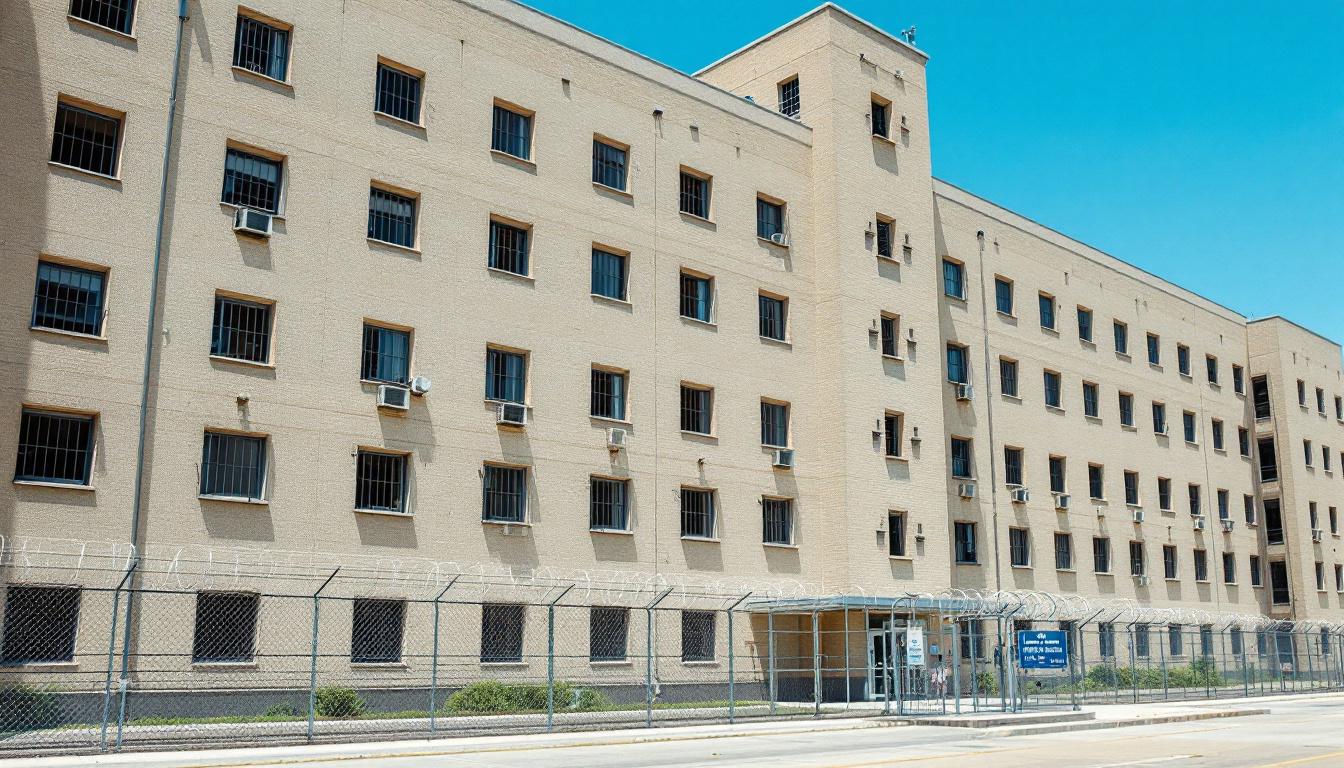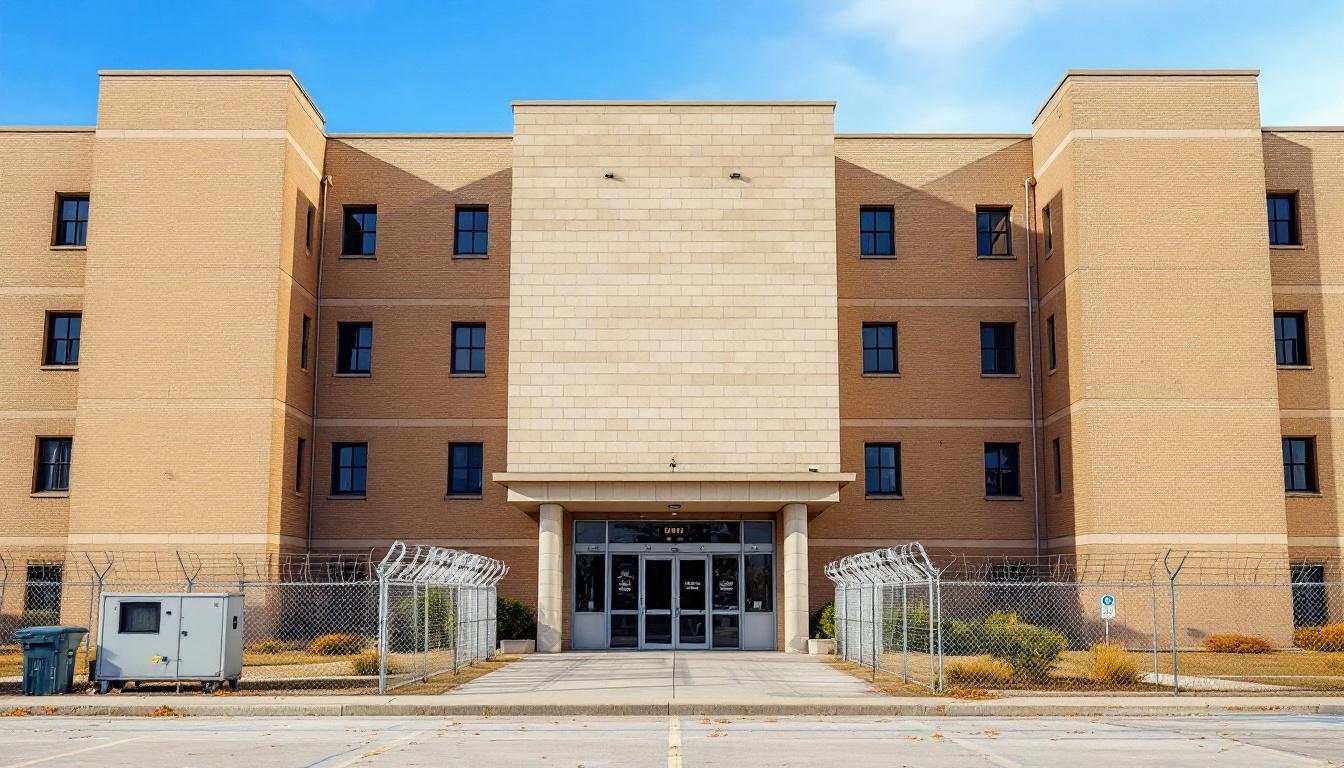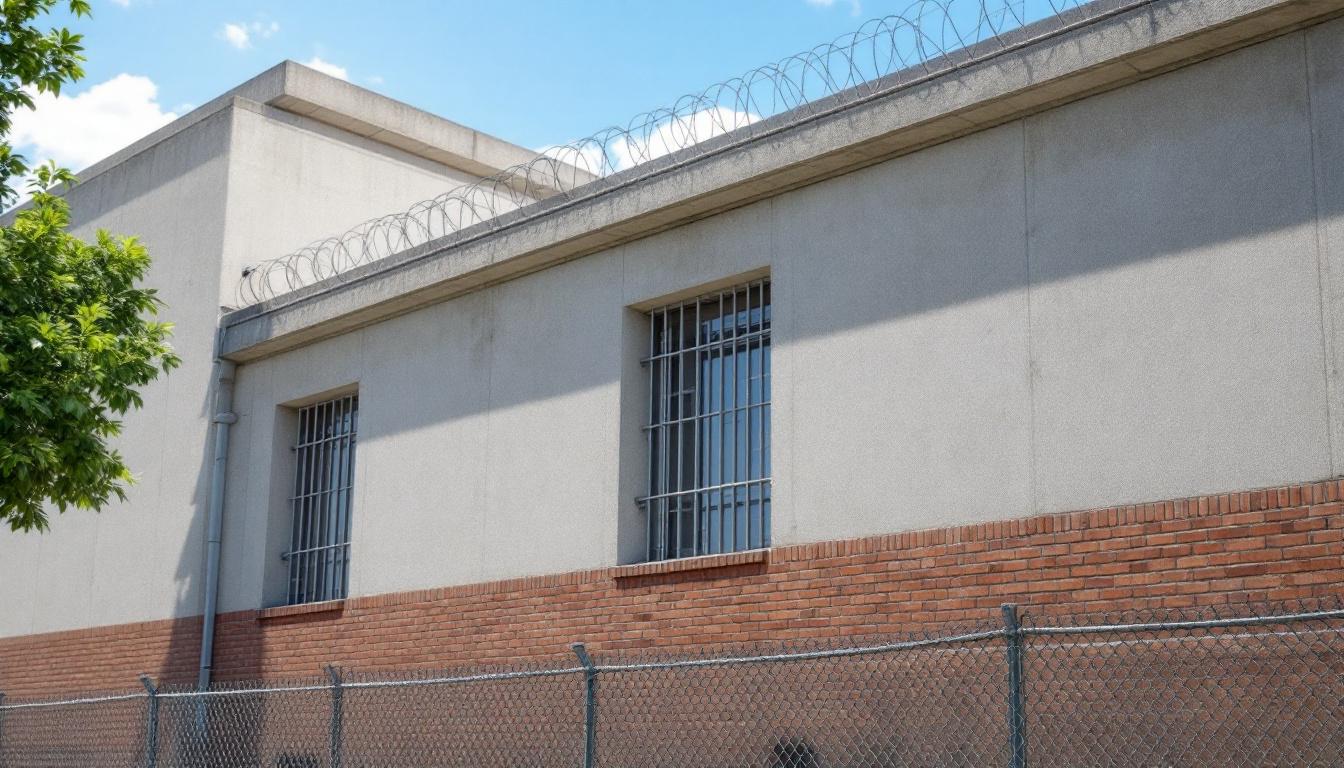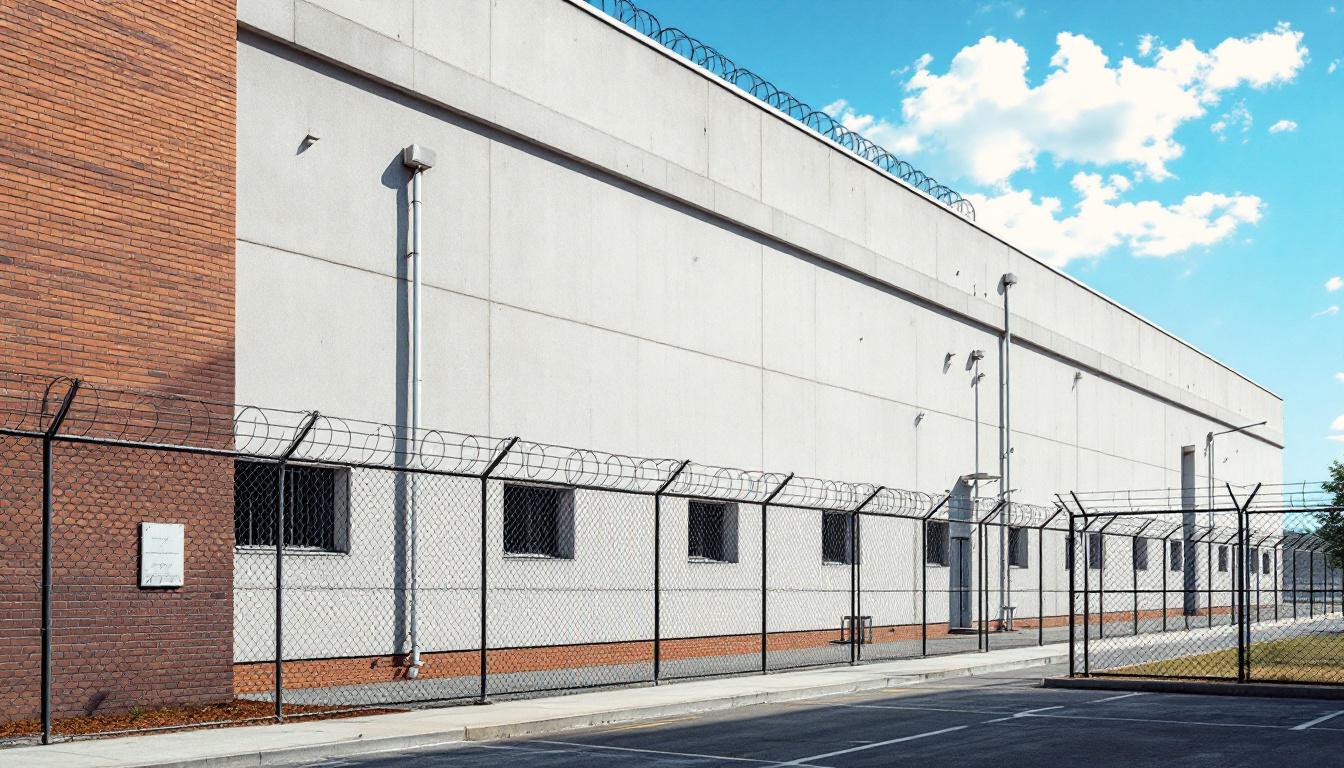
Quick Navigation
How to contact an inmate at Sheriff's Department
This comprehensive guide will walk you through how to connect with an inmate at Sheriff's Department. Follow the steps below to find an inmate and send letters and photos:
- Search for the inmate using our search tool below
- Create your account or log in to Penmate
- Write your message (up to 6,000 characters)
- Send instantly - inmates receive printed copies daily
Find an Inmate
Search for an inmate to start communicating today
Tip: You can search by first name, last name, or inmate ID number
To contact a person at Sheriff's Department start by searching for the person on the official facility website. Perform a search by following these steps:
- Step 1: Enter their first name and last name into the search form and click "Search"
- Step 2: Locate their inmate record
- Step 3: Write down their Inmate ID and any housing information provided
Important! Be sure to enter the person's full name. Nicknames should not be used.
How to Send Messages to Inmates

You can use your phone or computer to send emails, letters, and photos to an inmate. Messages are sent electronically to inmate tablets or kiosks at the facility. If you would like to send a message, start by searching for an inmate at Sheriff's Department.
Sending Photos and Postcards

A great way to send love and support to a loved one at Sheriff's Department is to send photos and postcards. It only takes a few minutes to send photos from your phone and it makes a huge difference. You can also mail postcards with words of support and inspiration, or design your own postcard for special moments like birthdays and holidays.
Important! Be sure not to send any explicit photos or they may not be approved by the facility. You can also use a photo printing app like Penmate to make sure your photos are printed at the correct size (4x6 or 3x5) and are mailed according to the rules and regulations of Sheriff's Department.
Frequently asked questions about Sheriff's Department
-
How long does it take to deliver a message?
If you're sending an email message your letter is usually delivered within 24-48 hours. For messages sent via mail you should expect delivery within 3-7 days. All messages will need be approved by Sheriff's Department.
-
How much does it cost to send a message to Sheriff's Department?
You can send a message free using your phone or mail a message via USPS for the price of a $0.60 stamp and envelope. You can also purchase credits or e-stamps from services starting at $1.99.
-
What services can I use to contact an inmate at Sheriff's Department?
Penmate
You can use Penmate to send letters and photos to an inmate from your phone. It's an easy way to stay in touch during your loved one's incarceration. Use the inmate locator to find an inmate's location and contact information, then you can send messages within a few minutes.
Securus messaging
Securus may be another option for communicating with an inmate at Sheriff's Department. You can create a friends and family account and purchase credits to send messages. All messages will be reviewed and must be approved by the facility.
JPay
Some county jails and state prisons may support sending messages with JPay. You must register an account with the system, find your loved one, and purchase stamps to send messages. For some locations you can also attach photos.
Smart Jail Mail
You may also check if Smart Jail Mail is available at Sheriff's Department. Smart Jail Mail is operated by Smart Communications and has contracted with some state and county jails. After purchasing credits, your messages and photos are sent to the facility, printed out, and then handed out to your loved one.
-
What is the mailing address of Sheriff's Department?
Mailing address:
Sheriff's Department
477 Summit Blvd
Big Bear Lake, CA 92315
Phone: (909) 866-0100 -
What are the visiting hours at Sheriff's Department?
Visiting hours at Sheriff's Department vary by housing unit and security level. Generally, visits are scheduled on weekends and holidays, with some facilities offering weekday visits. Contact the facility directly at (909) 866-0100 or check their website for the current visiting schedule. Visits typically last 30-60 minutes and must be scheduled in advance.
-
What items are prohibited when sending mail to Sheriff's Department?
Prohibited items typically include: cash, personal checks, stamps, stickers, glitter, glue, tape, staples, paperclips, polaroid photos, musical or blank greeting cards, hardcover books, magazines with staples, and any items containing metal or electronics. Only send letters on plain white paper with blue or black ink. Photos must be printed on regular photo paper (no Polaroids). Always check with Sheriff's Department for their specific mail policies.
-
How do I send money to an inmate at Sheriff's Department?
You can send money to an inmate at Sheriff's Department through several methods: 1) Online using JPay, Access Corrections, or the facility's approved vendor, 2) Money orders mailed directly to the facility with the inmate's name and ID number, 3) Kiosks located in the facility lobby, or 4) Over the phone using a credit or debit card. Fees vary by method, typically ranging from $2.95 to $11.95 per transaction.
-
Can I schedule a video visit with an inmate at Sheriff's Department?
Many facilities now offer video visitation as an alternative to in-person visits. At Sheriff's Department, video visits may be available through services like Penmate, Securus Video Connect, GTL, or ICSolutions. Video visits typically cost $10-20 for 20-30 minutes and must be scheduled in advance. You'll need a computer or smartphone with a camera and reliable internet connection. Contact the facility for their specific video visitation policies and approved vendors.
-
What identification do I need to visit an inmate at Sheriff's Department?
All visitors must present valid government-issued photo identification such as a driver's license, state ID, passport, or military ID. Minors must be accompanied by a parent or legal guardian who can provide the minor's birth certificate. Some facilities require visitors to be on the inmate's approved visitation list, which may require a background check. Contact Sheriff's Department for specific ID requirements and visitor approval procedures.
-
How can I find out an inmate's release date?
To find an inmate's release date at Sheriff's Department, you can: 1) Use the online inmate search tool if available, 2) Call the facility's records department, 3) Contact the inmate's case manager or counselor, or 4) Have the inmate provide this information during a call or visit. For privacy reasons, some facilities only release this information to immediate family members.
Facility Overview
Contact Information
Sheriff's Department477 Summit Blvd
Big Bear Lake, CA 92315
Phone: (909) 866-0100
Official Website

About Sheriff's Department
Community safety and individual rehabilitation converge through the comprehensive services offered by Big Bear Sheriff Department, CA, where residents and their families can access essential correctional resources in the heart of the San Bernardino Mountains. This CA correctional facility serves as a vital component of California's broader corrections network, providing individuals services that typically include housing, basic medical care, and structured daily programming designed to support personal development during incarceration.
Nestled within the scenic mountain community of Big Bear Lake, the facility operates as part of the regional corrections infrastructure that extends throughout Southern California's diverse geographic landscape. The department generally maintains connections with county-level administrative systems while serving the unique needs of this mountain community, where seasonal population changes and tourism patterns may influence operational considerations. Staff typically coordinate with various regional agencies to ensure continuity of care and appropriate resource allocation for those in custody.
The facility's role within the pacific region's correctional network often includes collaboration with neighboring jurisdictions and state-level departments to facilitate transfers, court appearances, and rehabilitation programming that may extend beyond the local level. Families seeking information about loved ones can generally expect the facility to provide standard visitation opportunities, communication access, and coordination with legal representatives, though specific policies and procedures typically align with county-wide standards established for similar correctional operations throughout California's mountain communities.
Programs & Services
The breadth of opportunities available through the Big Bear Sheriff Department reflects a comprehensive approach to individual development and community reintegration. Multiple pathways for growth and skill-building typically intersect to address diverse needs and interests. This multifaceted programming model recognizes that meaningful change often requires access to various types of support and learning experiences.
Educational initiatives may offer individuals the chance to advance their academic foundations while developing critical thinking skills. Civic education opportunities often help participants better understand community engagement and civic responsibility. Also, vocational training programs typically provide hands-on experience in marketable trades, while culinary arts instruction may offer specialized skills development in food service and preparation techniques.
Rehabilitation programs often serve as the cornerstone of therapeutic services, addressing underlying issues that may contribute to criminal behavior. Sex offender treatment opportunities typically provide specialized therapeutic intervention for those requiring targeted support. Also, masonry training may offer individuals practical construction skills while providing a structured environment for personal development. These support services often work together to create a foundation for successful community reintegration.
Daily Life & Visitation

The sound of meal service preparation typically marks the beginning of each day for individuals housed at the Big Bear Sheriff Department facility. At present, the daily routine revolves around structured meal times, scheduled programming, and supervised activities that actively maintain order throughout the facility. Generally, individuals wake early for breakfast service, followed by work assignments or educational programming that may include basic life skills instruction or substance abuse counseling sessions.
Living accommodations at the facility typically consist of shared housing units designed to accommodate multiple individuals. The dormitory-style or cell-based housing generally includes basic furnishings such as beds, storage areas for personal property, and shared bathroom facilities. Also, individuals usually have access to limited personal items and may purchase additional necessities through commissary services when available. However, space and privacy remain limited due to the facility's security requirements and capacity constraints.
Recreation opportunities often include outdoor exercise periods, television viewing in common areas, and access to reading materials when scheduling permits. Visitation policies typically allow approved family members and friends to visit during designated hours, though specific scheduling may vary based on facility operations. Also, individuals may have access to telephone services for maintaining family connections, subject to monitoring and time restrictions. Work assignments within the facility often offer structure and may include kitchen duties, cleaning responsibilities, or facility maintenance tasks that help individuals maintain daily routines while contributing to facility operations.
Ready to Connect?
Start communicating with your loved one today
Search for an Inmate
